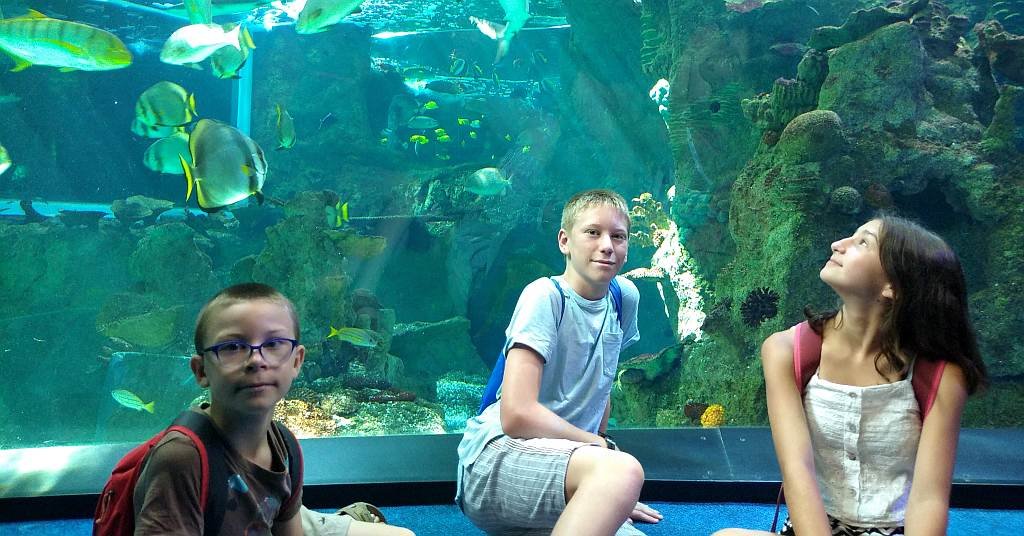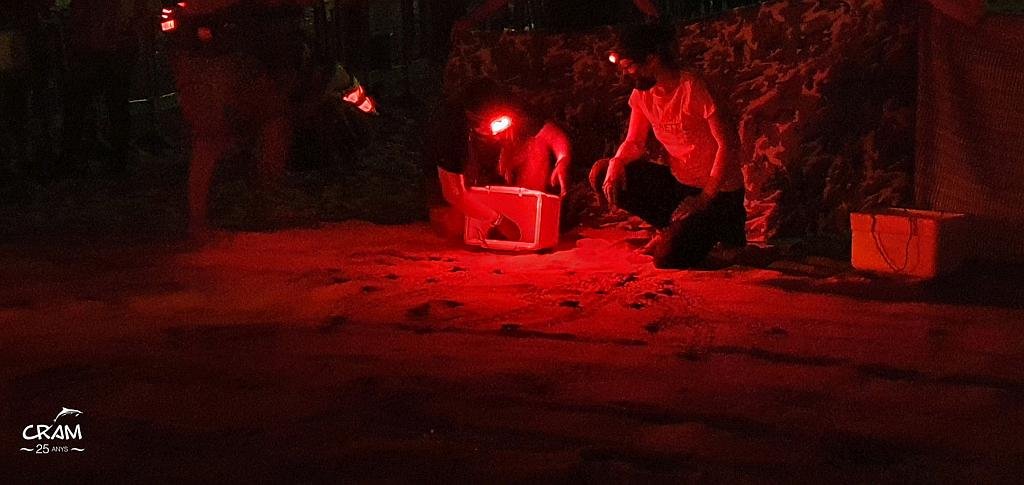In this guide to Spain’s best aquariums, you’ll find that it’s home to some of the most impressive and diverse marine museums. From L’Oceanogràfic in Valencia, which is the largest in Europe, to the stunning Poema del Mar Aquarium in Las Palmas, Gran Canaria, there are plenty of opportunities to discover the wonders of the marine world. Visitors can expect to see a wide range of species, from colorful fish and sea turtles to sharks and rays.
Aquariums have become increasingly popular tourist destinations in recent years, offering visitors a unique opportunity to learn about the diverse and fascinating creatures that inhabit our oceans and waterways.
In addition to providing a thrilling and educational experience, many of these aquariums place a strong emphasis on conservation and research, working to protect the marine environment and its inhabitants. Whether you’re a family looking for a fun day out or a marine enthusiast seeking to expand your knowledge, there’s something for everyone in Spain’s aquariums.
Just click the images to find out more about entry prices and booking details.
Aquariums in Andalucia (A Guide to Spain’s Best Aquariums)
I’ve been living in this lovely area of Western Andalucia for the last 20 years or so and dedicate most of my time to the running of English language tourist information websites for the towns of Cádiz, Ronda, Grazalema, the famous or infamous Caminito del Rey, and also Wildside Holidays, which promotes sustainable and eco-friendly businesses running wildlife and walking holidays in Spain. My articles contain affiliate links that will help you reserve a hotel, bus, train or activity in the area. You don’t pay more, but by using them you do support this website. Thankyou!



